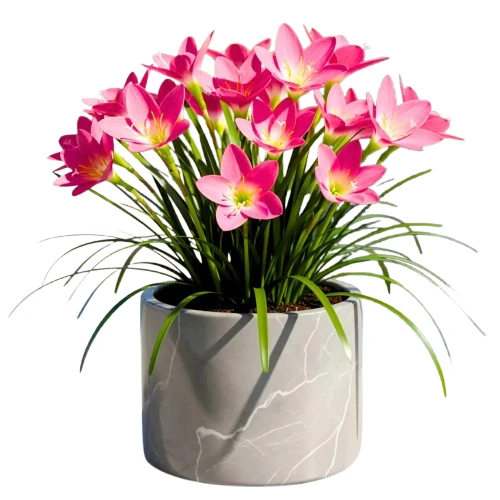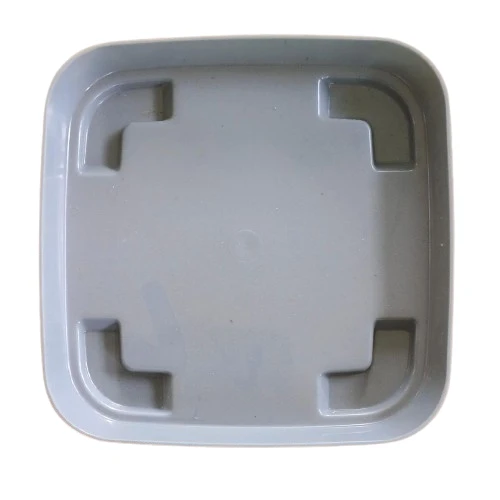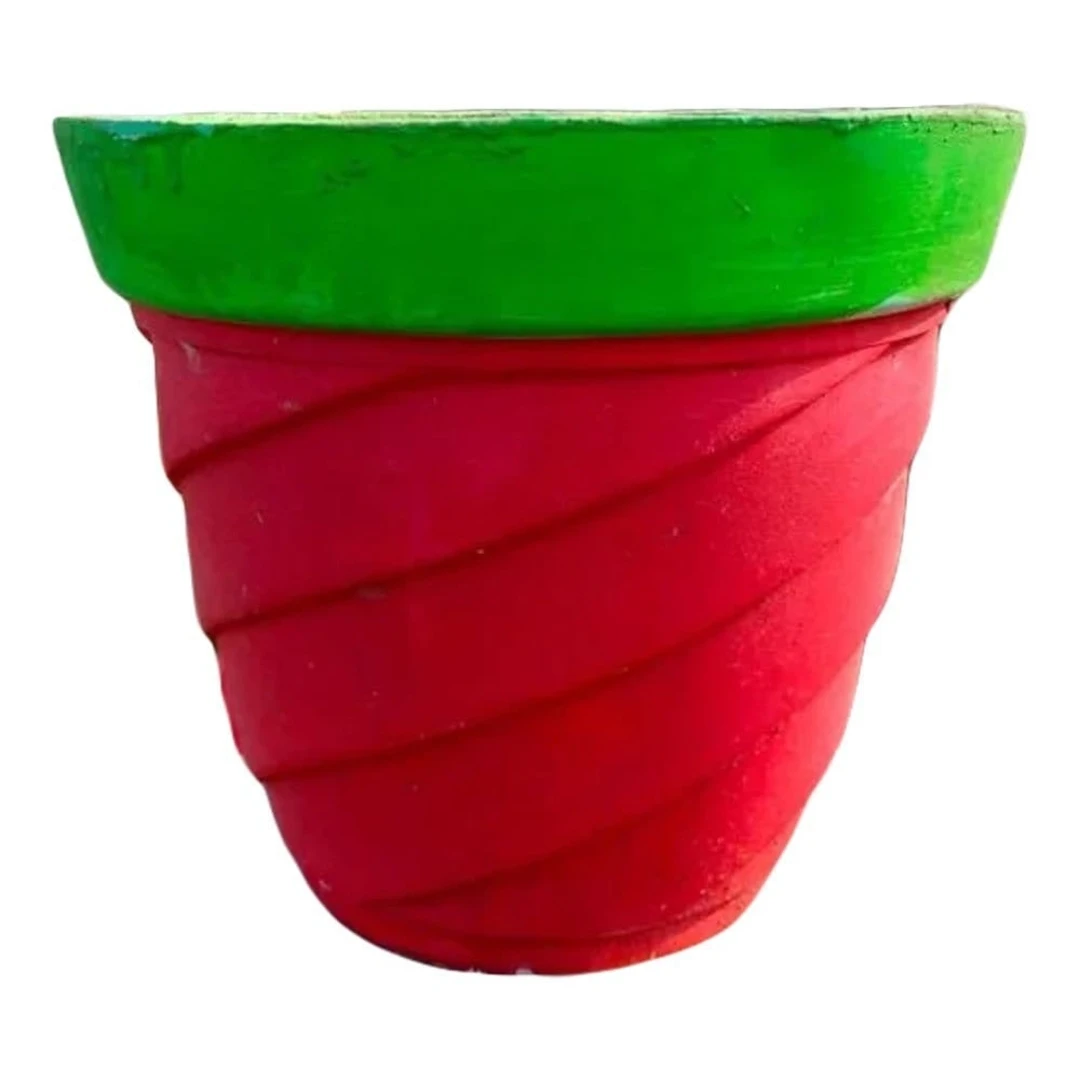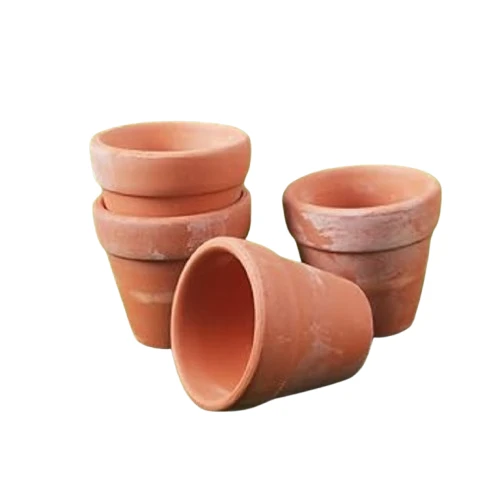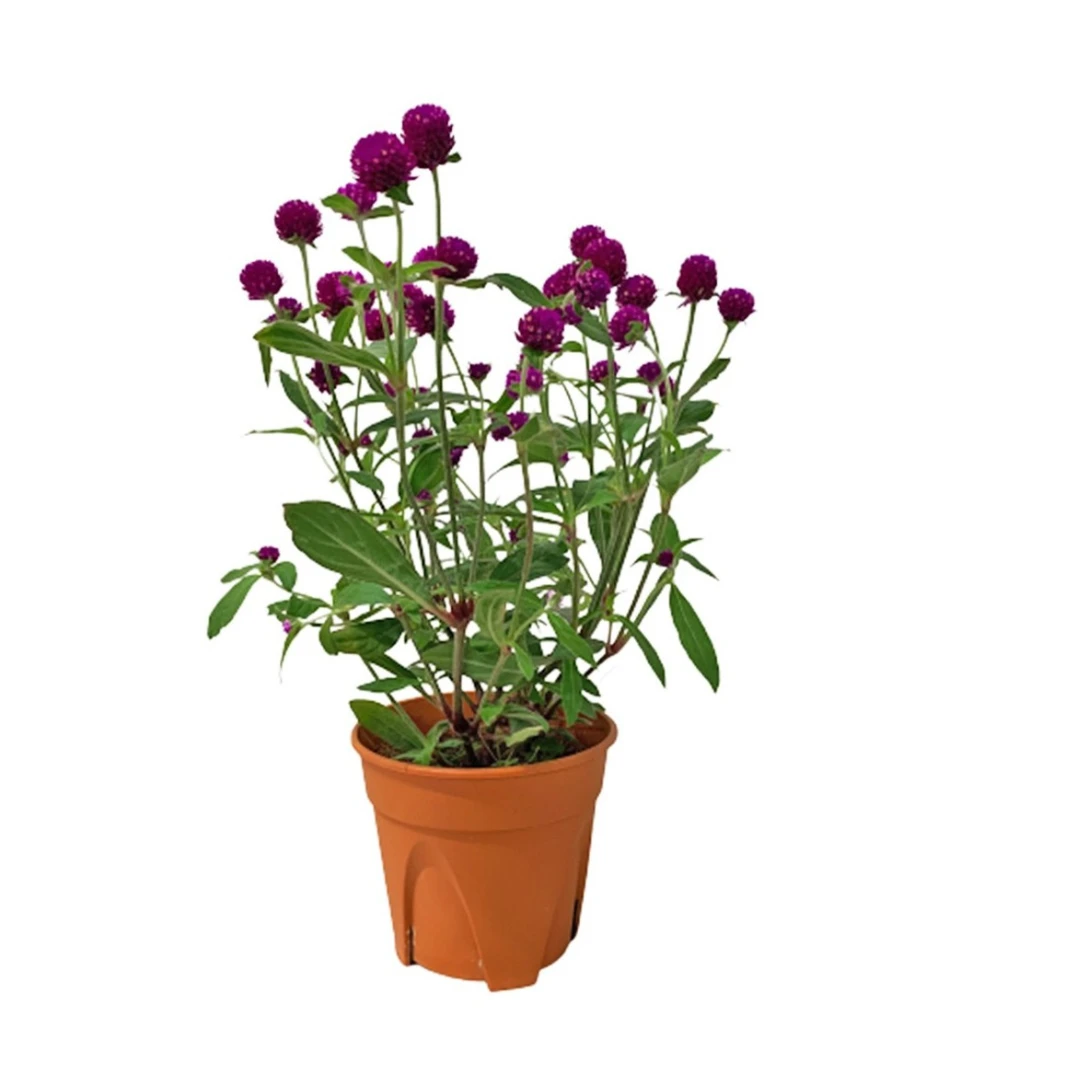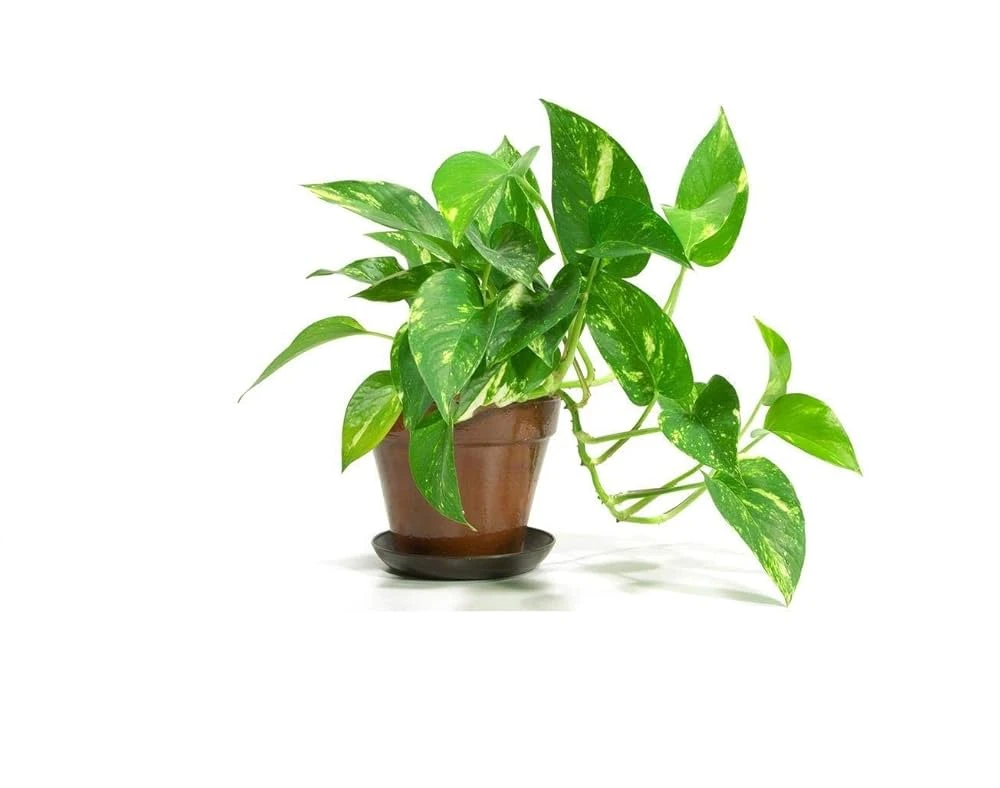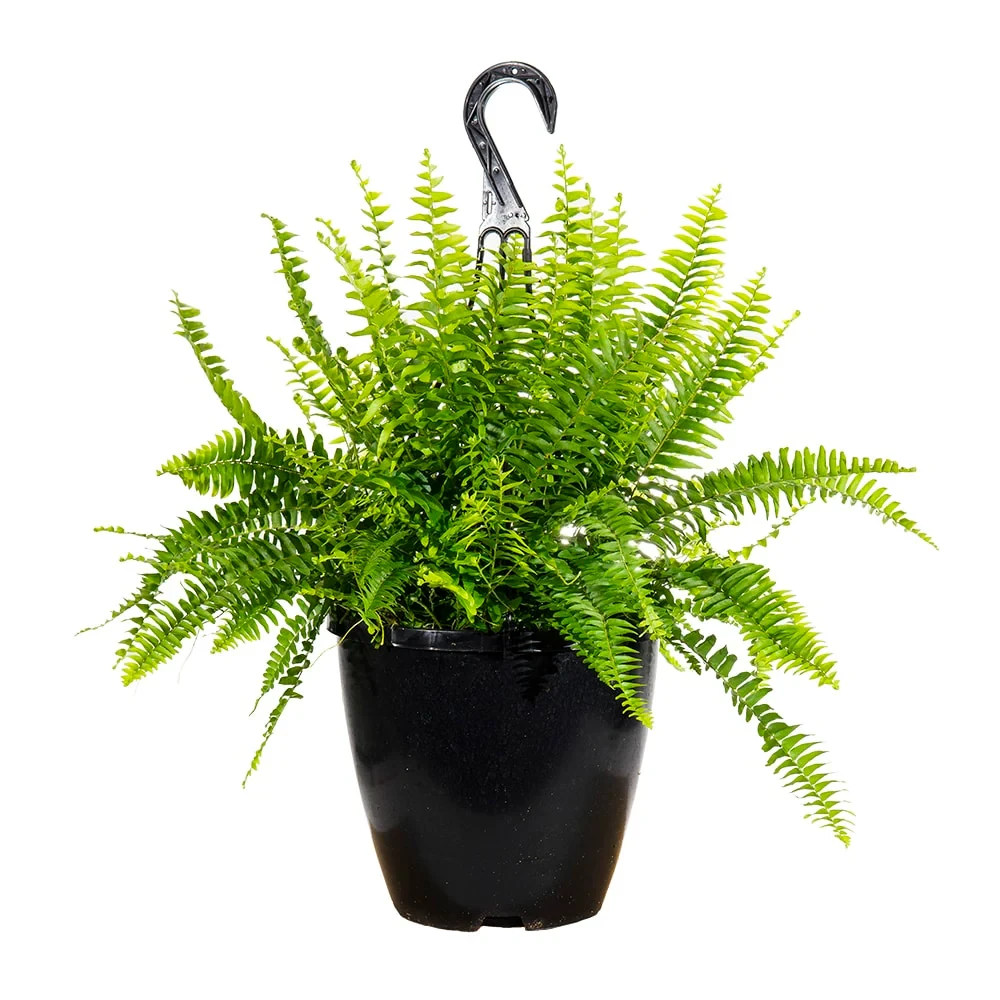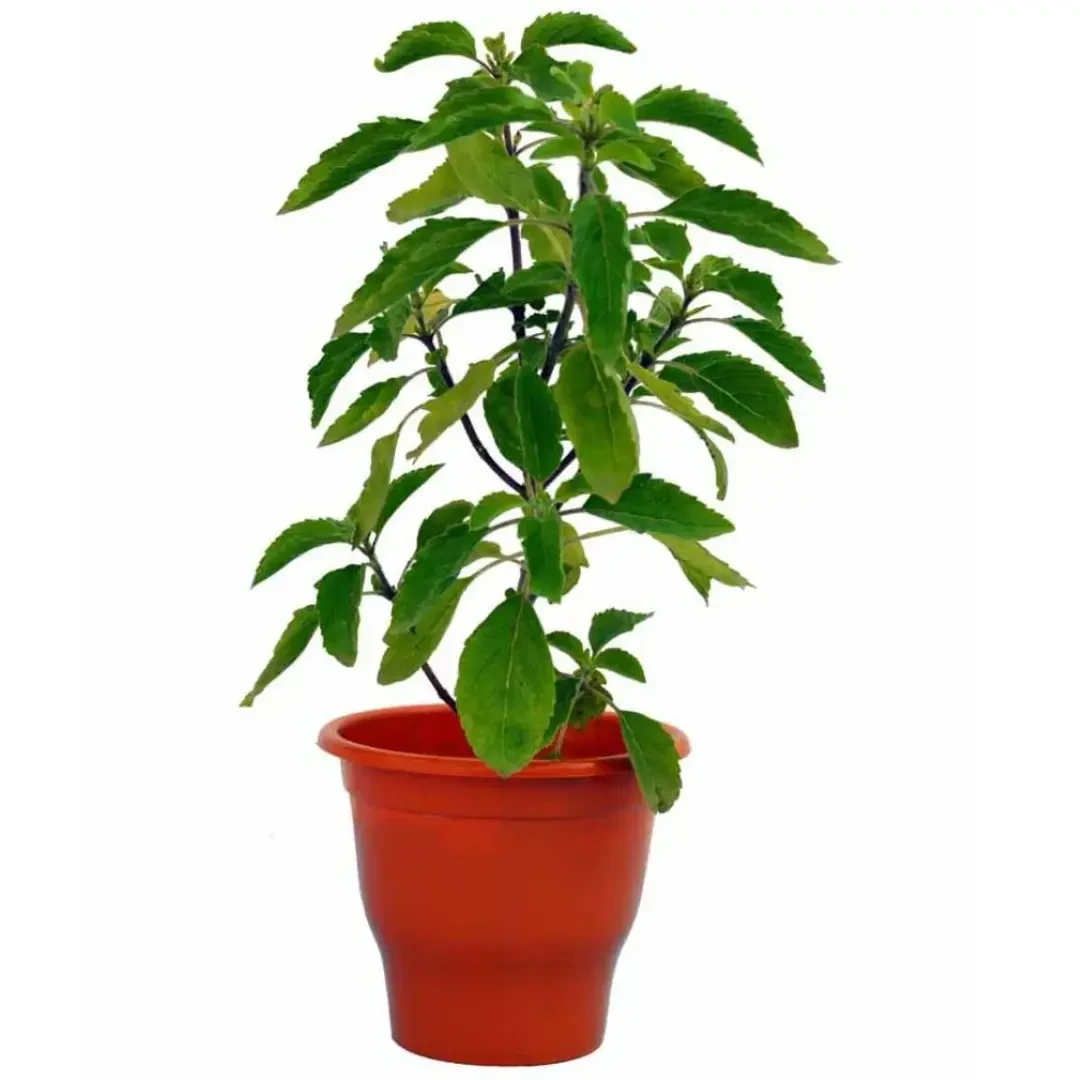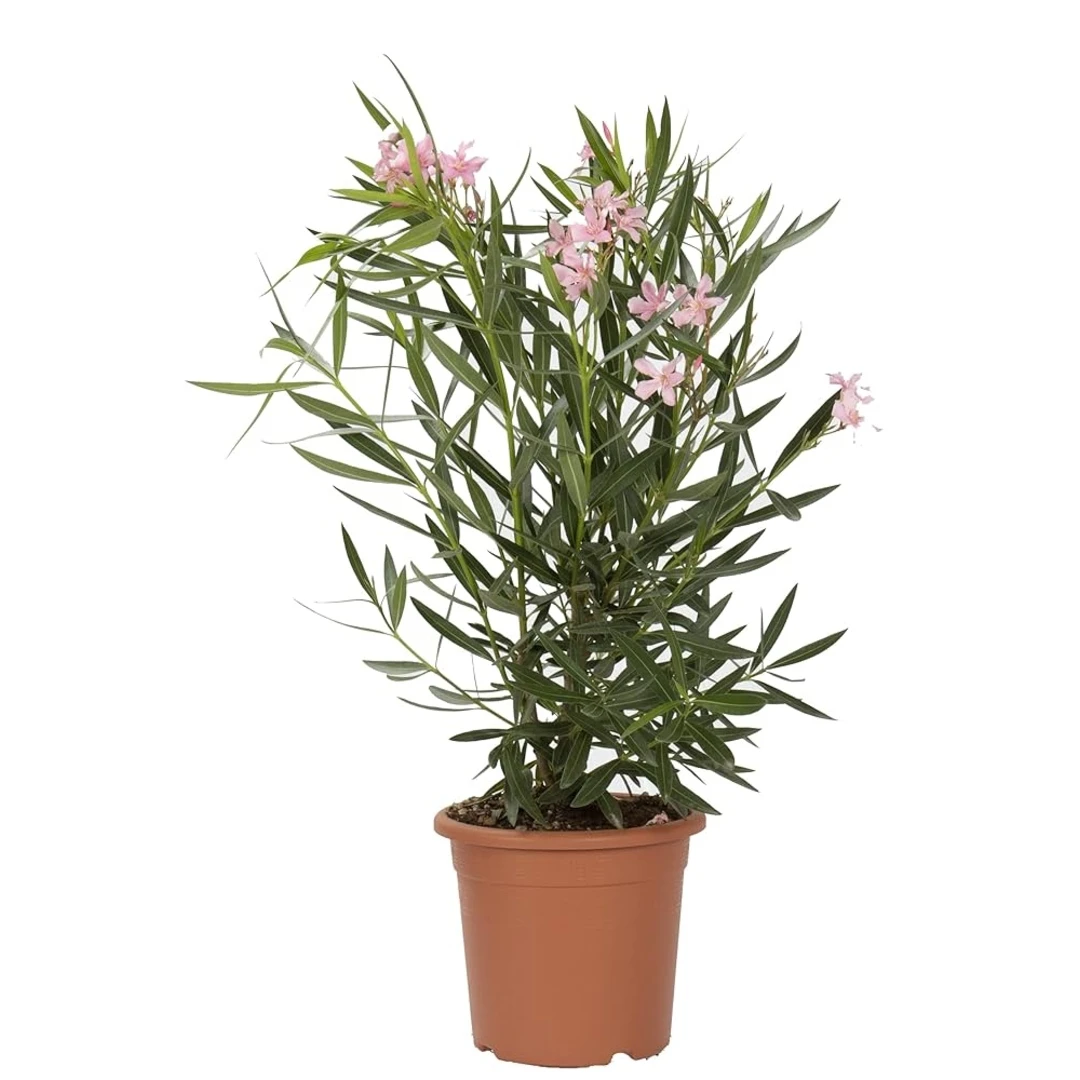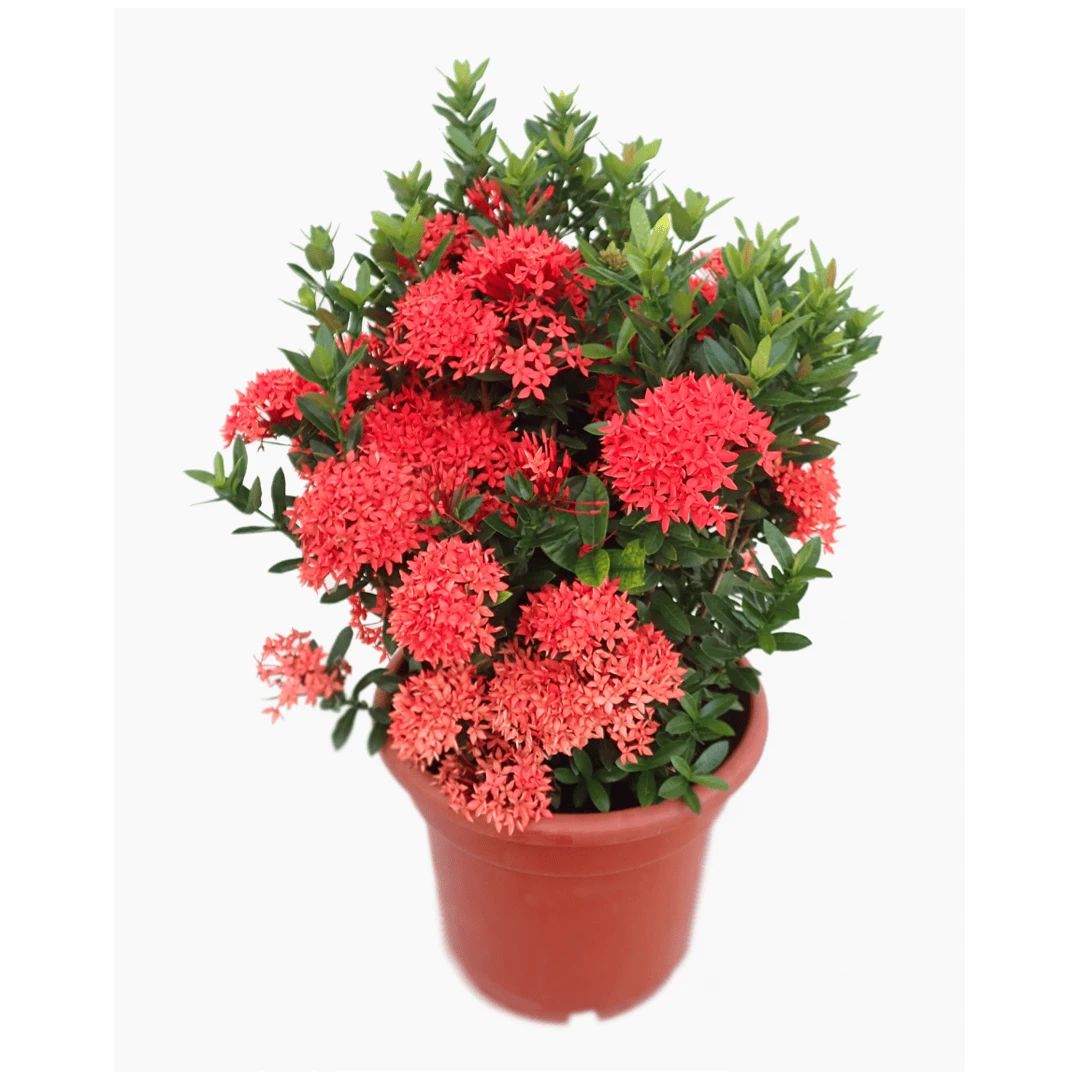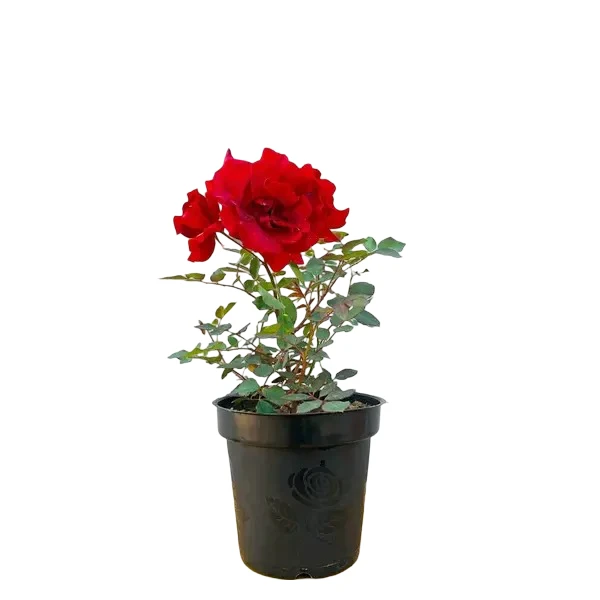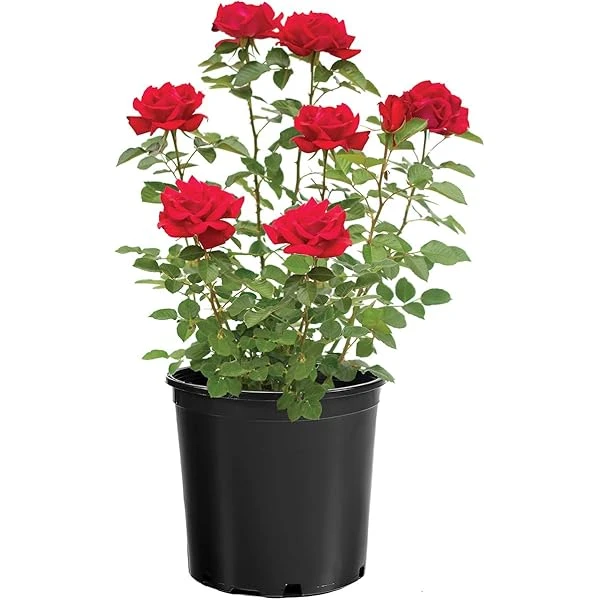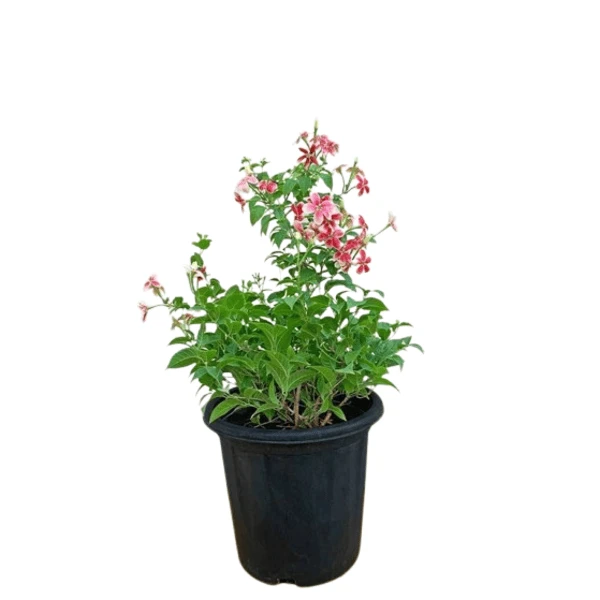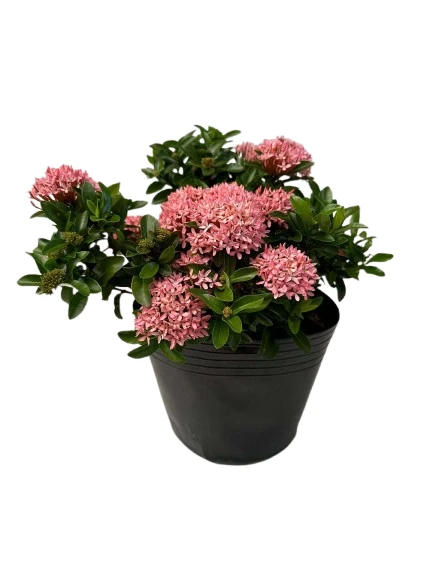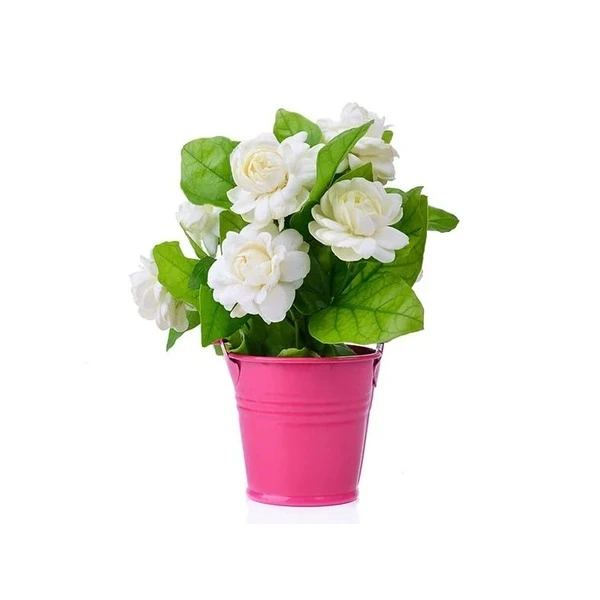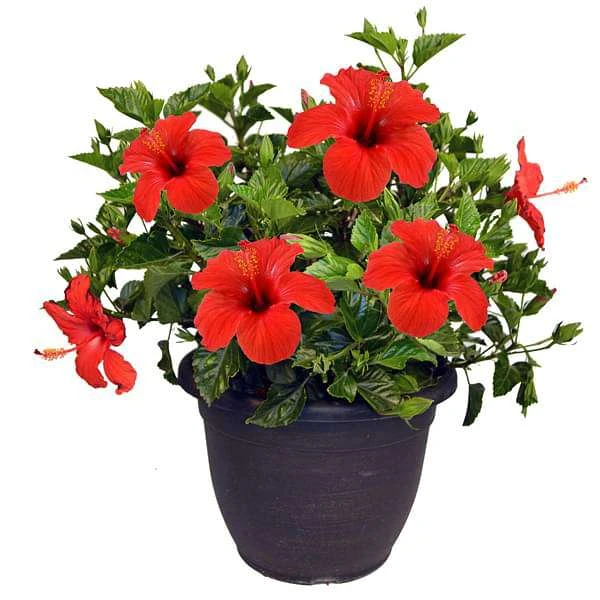Rain lilies, also known as Zephyranthes, are small, bulbous flowering plants known for their striking blooms that often appear after rainfall. They feature slender, grass-like leaves and delicate, star-shaped flowers that come in various colors, including white, pink, yellow, and sometimes red. The flowers typically last for a few days, but the plant can produce multiple flushes of blooms throughout the rainy season.
Key Characteristics:
Bulbous: Rain lilies grow from bulbs, which are underground storage structures.
Grassy Foliage: They have narrow, green, grass-like leaves that emerge from the bulb.
Star-shaped Flowers: The flowers are typically star-shaped, with six tepals (petal-like segments).
Color Variety: Rain lilies come in a range of colors, including white, pink, yellow, and sometimes red.
Bloom Time: They are known for blooming after rainfall, often appearing 3-5 days after a soaking rain.
Fragrant Flowers: Some varieties of rain lilies, like the Evening Star Rain Lily, have fragrant flowers that open in the evening.
Longevity: While individual flowers may only last a few days, the plant can bloom sporadically throughout the rainy season.
Cultivation:
Growing Conditions:
Rain lilies thrive in well-drained soil and tolerate a range of conditions.
Sunlight:
They prefer full sun to partial shade.
Containers:
They can be grown in pots, making them suitable for smaller spaces or for bringing indoors.
Propagation:
Rain lilies multiply readily by bulb offsets, and they can be easily divided when repotting.



